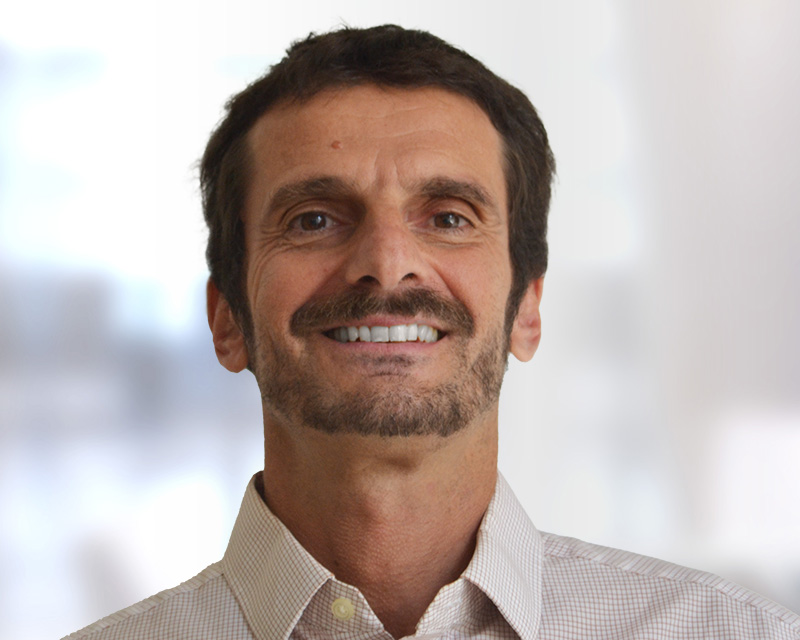The following blog story was written by Claudia Ringler, deputy director of IFPRI’s Environment and Production Technology Division, in honor of World Environment Day 2015. The theme of this year’s event on June 5th is sustainable consumption.
This year’s World Environment Day focuses on the conservation of natural resources under growing scarcity, an aspiration also embedded in the UN Sustainable Development Goals (SDGs) that will be adopted this September. But is this feasible? A recent paper by researchers from the Technical University of Madrid, the International Food Policy Research Institute (IFPRI), and Harvard University published in PLOS ONE suggests that while tradeoffs between increased food production and natural resource degradation are inevitable, their magnitude can be greatly reduced by investments in agricultural research, water conservation and infrastructure, and policies and institutions that support trade and market development.
The paper looks at Latin America, a region that has emerged as a major player in global food markets over the last decade, with rapid growth in soy, cereal, and livestock production. In just 30 years, the Latin American agricultural market share almost doubled from 10 percent in 1980 to 18 percent in 2010. The region also holds 15 percent of the global agricultural land and 33 percent of available, renewable water resources. How will continued growth in both regional and global food demand affect this region, which holds the world’s greatest natural resource riches per capita?
To assess the impacts of agricultural production on natural resource use and conservation in Latin America, the study contrasts various plausible agricultural development pathways with a business as usual scenario that assumes that agricultural growth and expansion follow recent trends.
According to this analysis, growing food demand in the region but even more so elsewhere, spurred by increasing trade liberalization and reducing marketing costs, will lead to further production growth in Latin America. It will also increase the water and carbon footprint as well as water pollution and threats to biodiversity in the region.
However, these adverse impacts can be considerably reduced—if not negated—if investments in precision agriculture, nitrogen use efficiency, and water conservation are accelerated in parallel. Under such a sustainable intensification scenario, nitrogen emissions between 2010 and 2050 would only increase by 37 percent instead of 113 percent under business as usual, despite accelerated production growth. Carbon losses from cropland expansion and the risk of species extinction would also be lower.
If, on the other hand, the region pursues a pathway of further land extension rather than intensification, then the risk of species extinction would be heightened, carbon stock losses from expansion into tropical agricultural forests would increase dramatically, and the green water footprint would grow, while nitrogen emissions would only slightly decline.
What should Latin America and other regions do to conserve natural resources while supporting continued agricultural and economic growth? Specific technologies suitable to the Latin America region include investments in precision agriculture and nutrient use efficiency, enforcement of water quality regulations, and enhanced river basin management.
The study focused on Latin America, but other studies point to similar technologies suitable for other regions. In South Asia, reducing and eventually removing fertilizer price subsidies—or replacing them with ”smart” subsidies— could reverse water and soil degradation while maintaining food security. Another area for resource conservation is halting groundwater degradation and physical exhaustion through induced collective management of this invisible resource. In Sub-Saharan Africa, location-specific research on soil fertility constraints and agronomic practices, improved extension, and further development of physical and institutional infrastructure is of prime importance.
A recent IFPRI study details additional technologies and agricultural practices that reduce our environmental footprint while ensuring continued food production. There is no panacea but a multitude of possibilities that can positively affect our natural resource footprint while ensuring food security for everyone do exist. But we have to start now to make this a reality.







